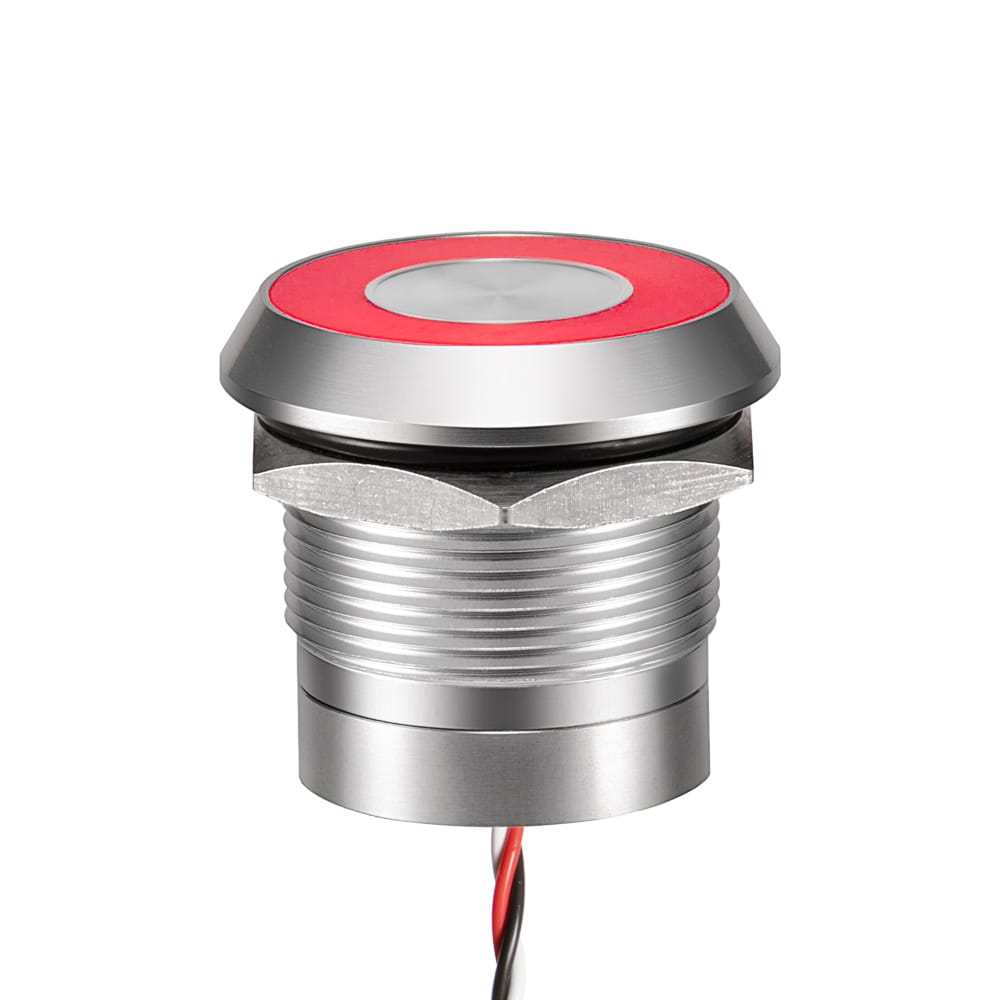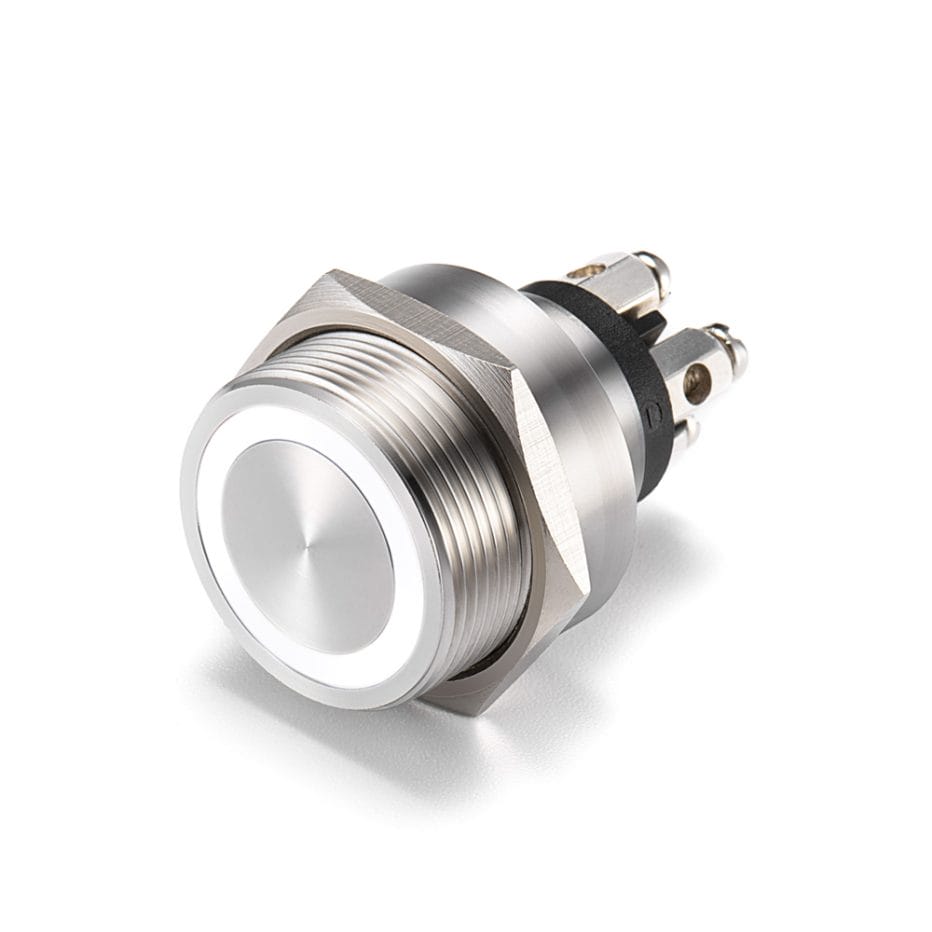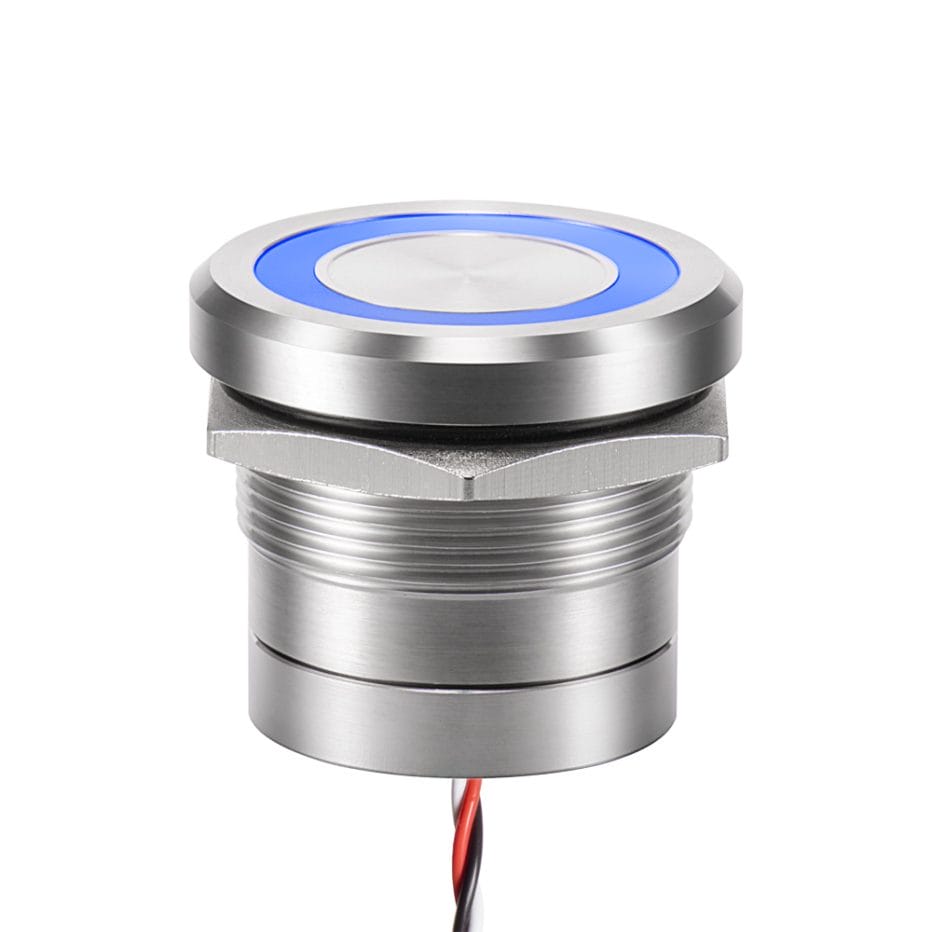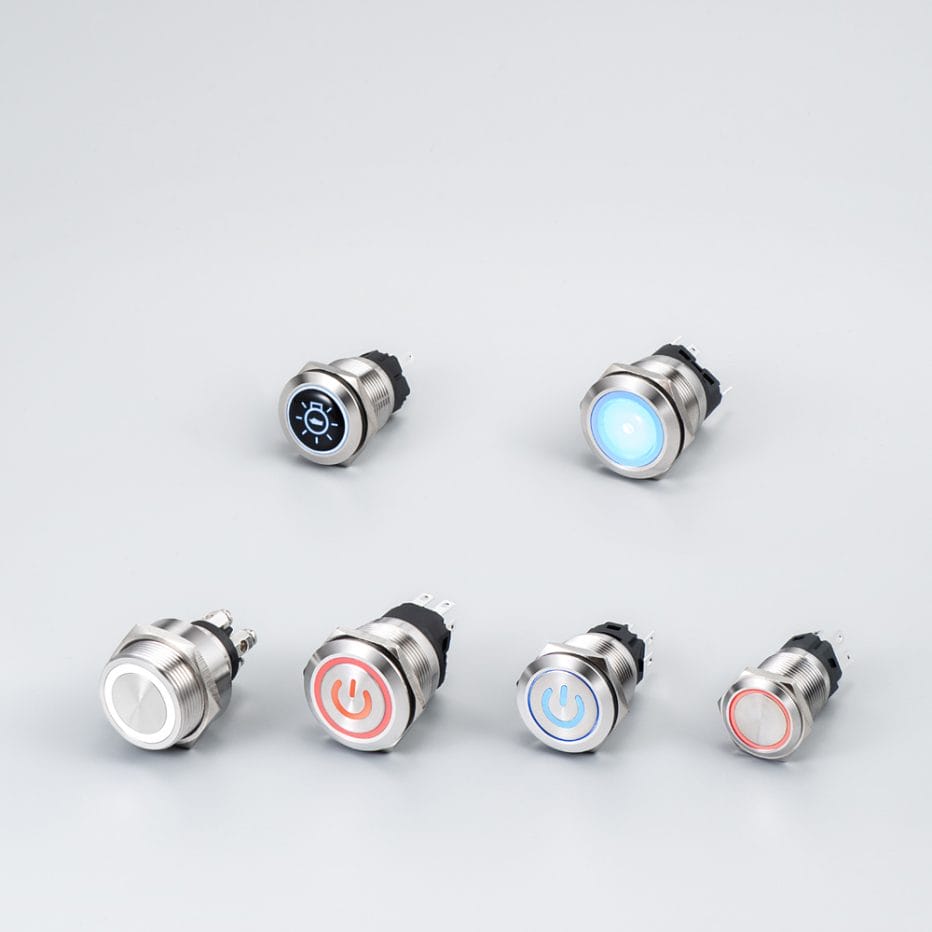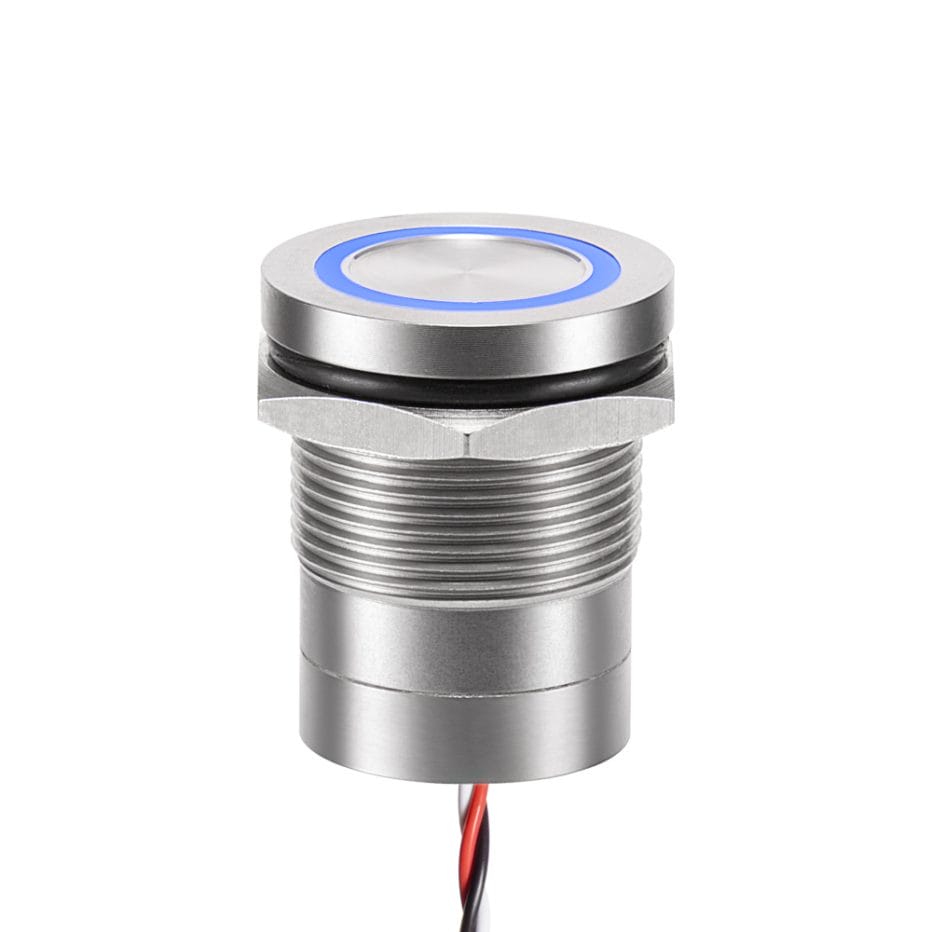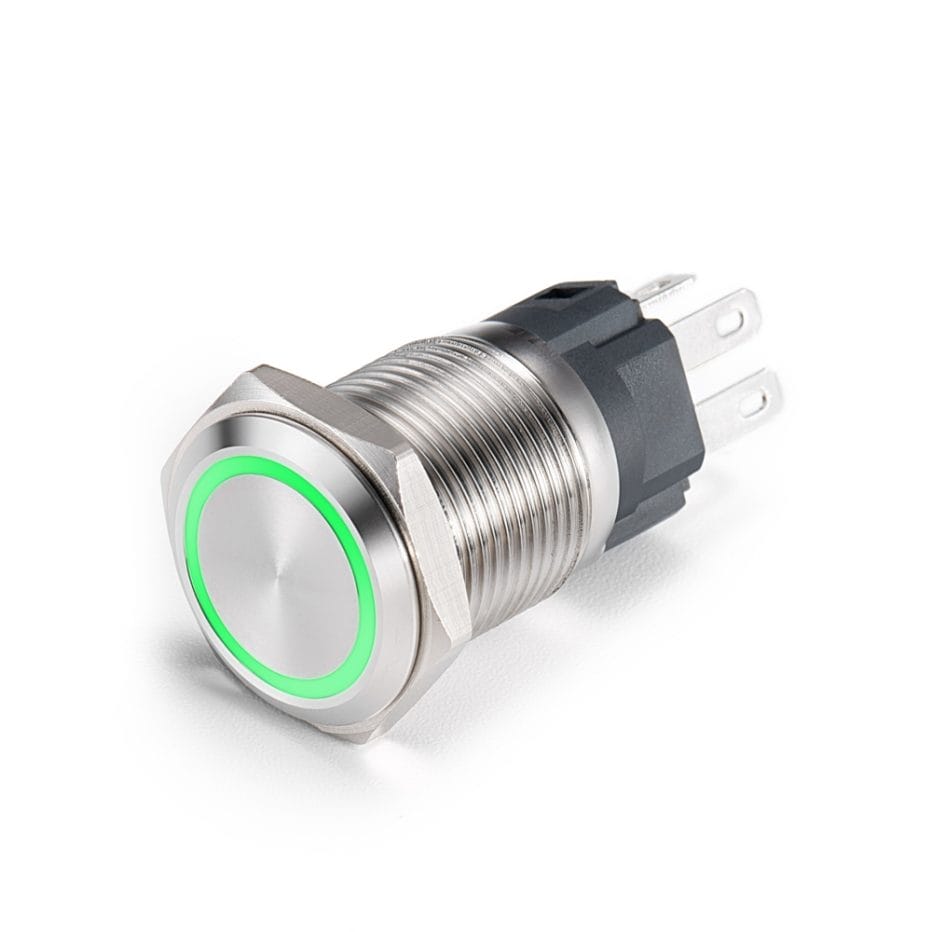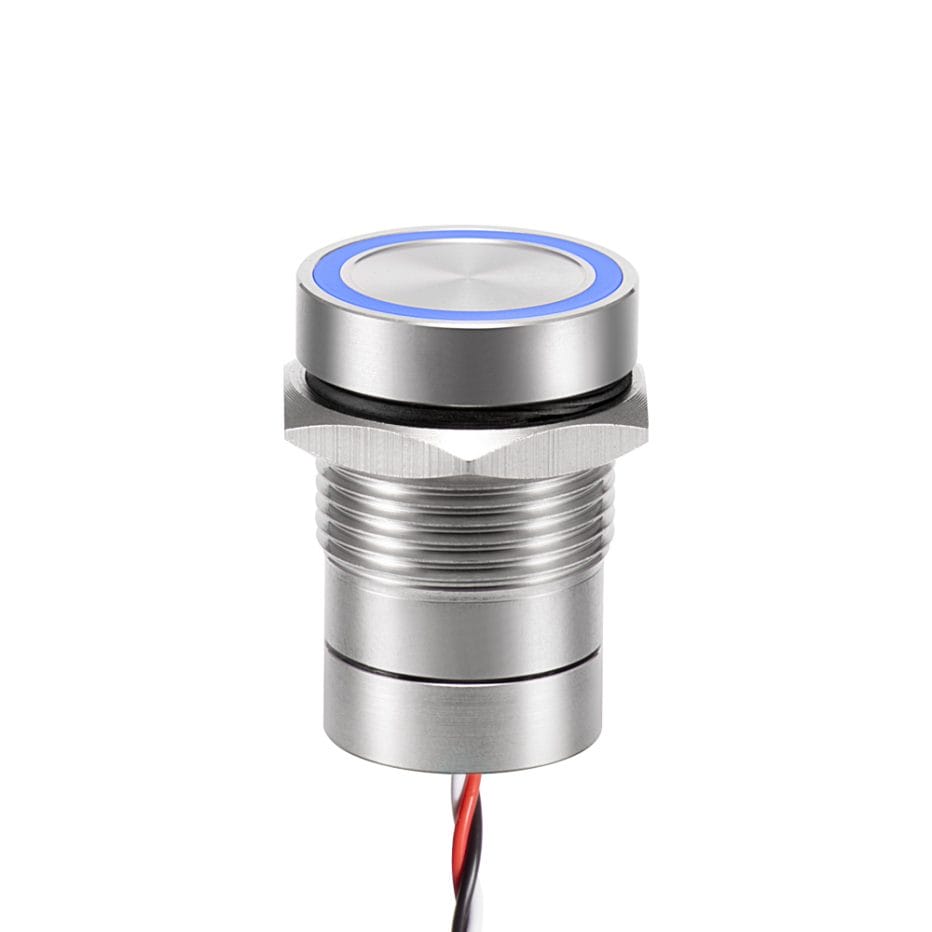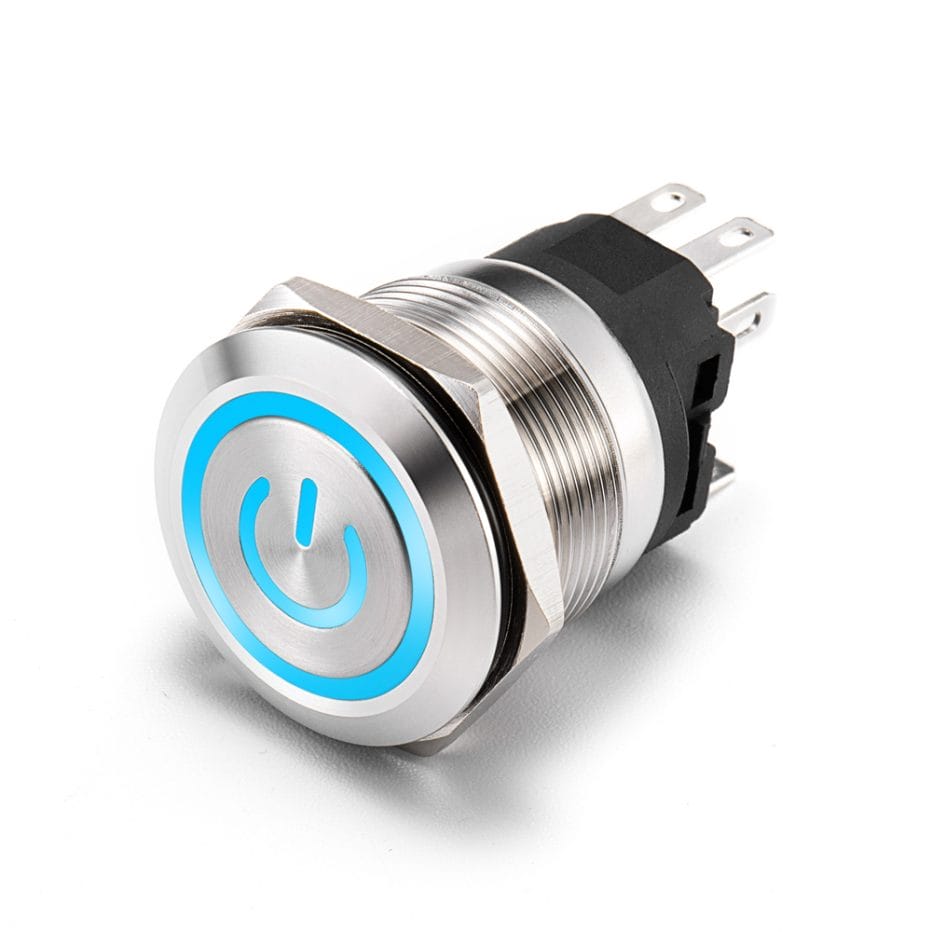
Capacitive switches have become a popular alternative to mechanical switches. Touching them will open or close a circuit. While mechanical switches are designed to control a circuit as well, they aren’t the same as capacitive switches. Capacitive switches are touch based, so they work in a different way than their mechanical counterparts.
What Is a Capacitive Switch?
A capacitive switch is a circuit-controlling device that measures capacitance. By measuring capacitance, it will open or close a circuit. Capacitive switches will constantly measure the capacitance of their top layer. If a capacitive switch detects a change of capacitance, it will open or close the respective circuit.
Different types of capacitive switches are made of different materials. Plastic, glass and acrylic are popular materials in which they are made. Some capacitive switches have a plastic top layer, whereas others have a glass or acrylic top layer.
The type of circuit in capacitive switches may also vary. You can choose capacitive switches with either a Flexible Printed Circuit (FPC) or a Printed Circuit Board (PCB). FPCs are characterized by a flexible construction. They can bend without breaking. PCBs, conversely, are rigid. Bending will typically damage or break a PCB.
How Capacitive Switches Work
As their name suggests, capacitive switches use capacitance to control a circuit. They work by applying a small voltage to the top layer. Capacitive switches will then measure the capacitance of this top layer
If you’re familiar with touchscreens, you may recall hearing or reading about capacitive touchscreens. They use capacitance as well. Capacitive touchscreens measure capacitance to identify touch commands. Capacitive switches measure capacitance to identify button presses. A button press, of course, means that the user wants to open or close the circuit.
Capacitive Switches vs Mechanical Switches
Mechanical switches involve the use of moving parts. A typical mechanical switch features multiple layers, including a top layer, a middle “spacer” layer and a bottom layer. The top and bottom layers have electrodes. When you press the button, the top layer will make contact with the bottom layer, resulting in the completion of a circuit.
Capacitive switches don’t require pressure to operate; you just need to touch the button with a conductive object. The human is electrically conductive. Therefore, you can control a capacitive switch by touching the button with a bare finger. Your finger will absorb some of the capacitive switch’s electrical field. The capacitive switch will then open or close the circuit.
All Langier News:
Read Moreelectronica 2024 Hall-Stand No.: A2 160 November 12-15, 2024 Tr...

 English
English 简体中文
简体中文